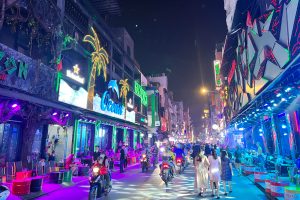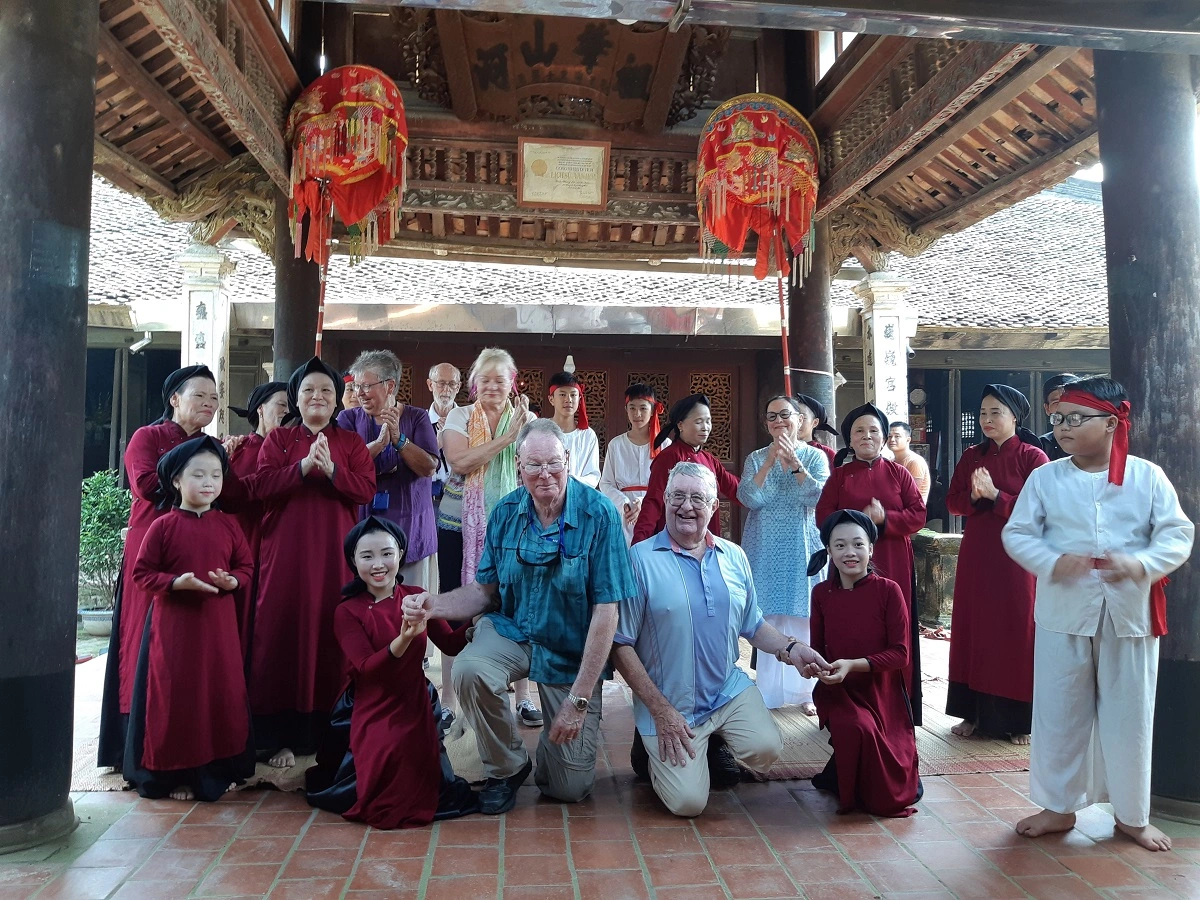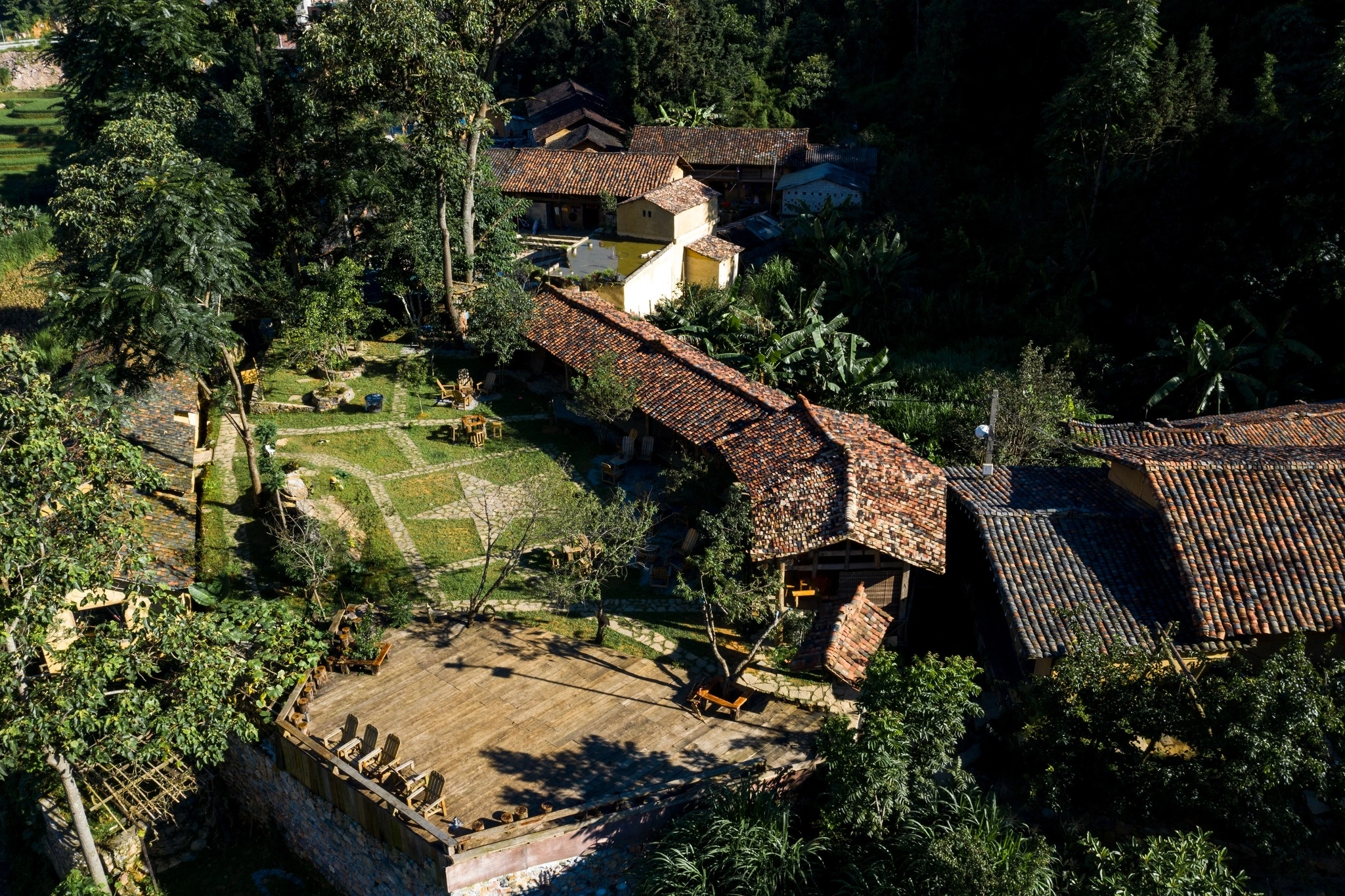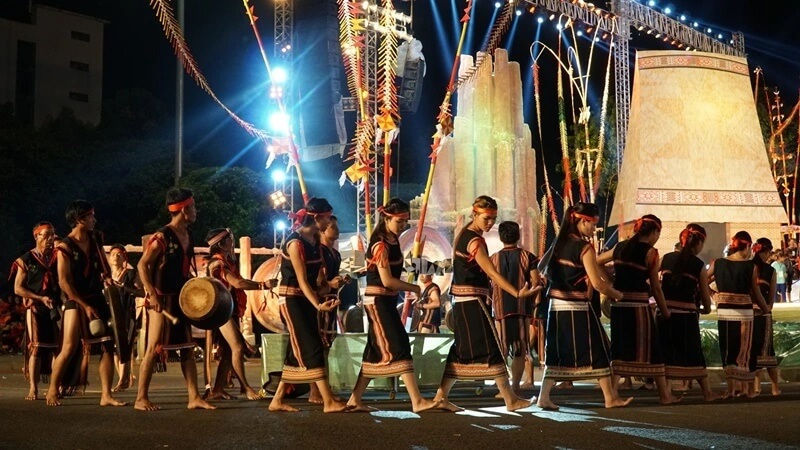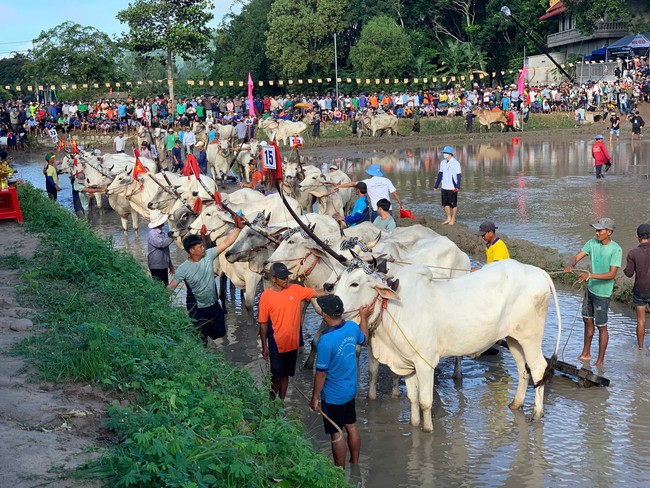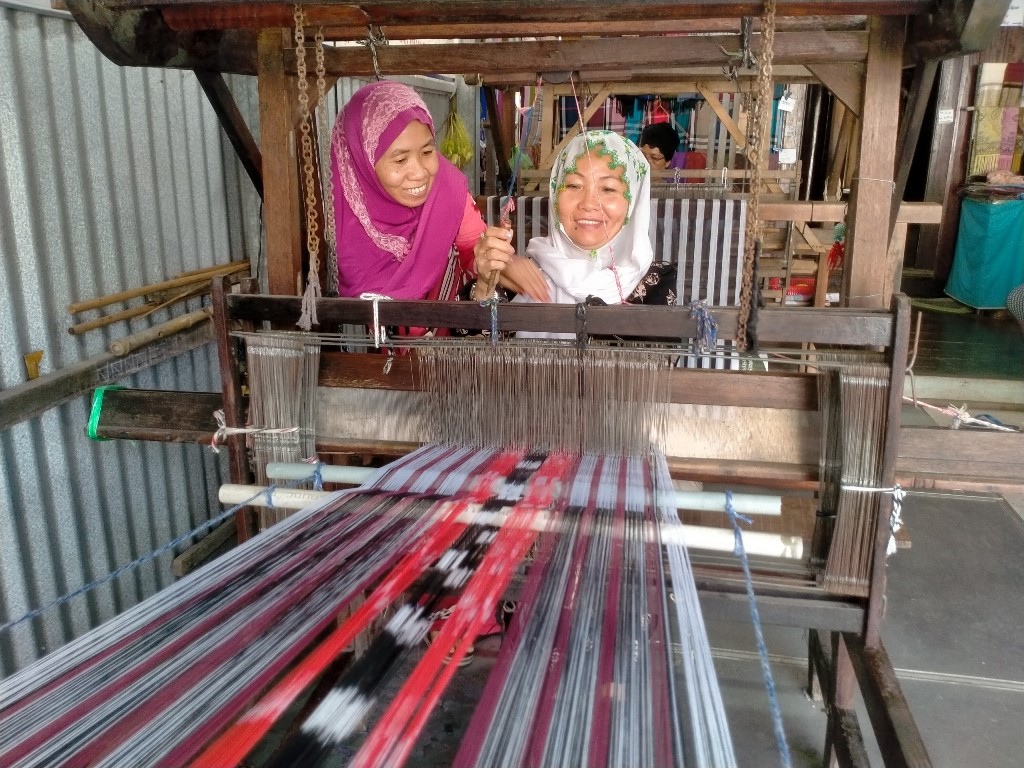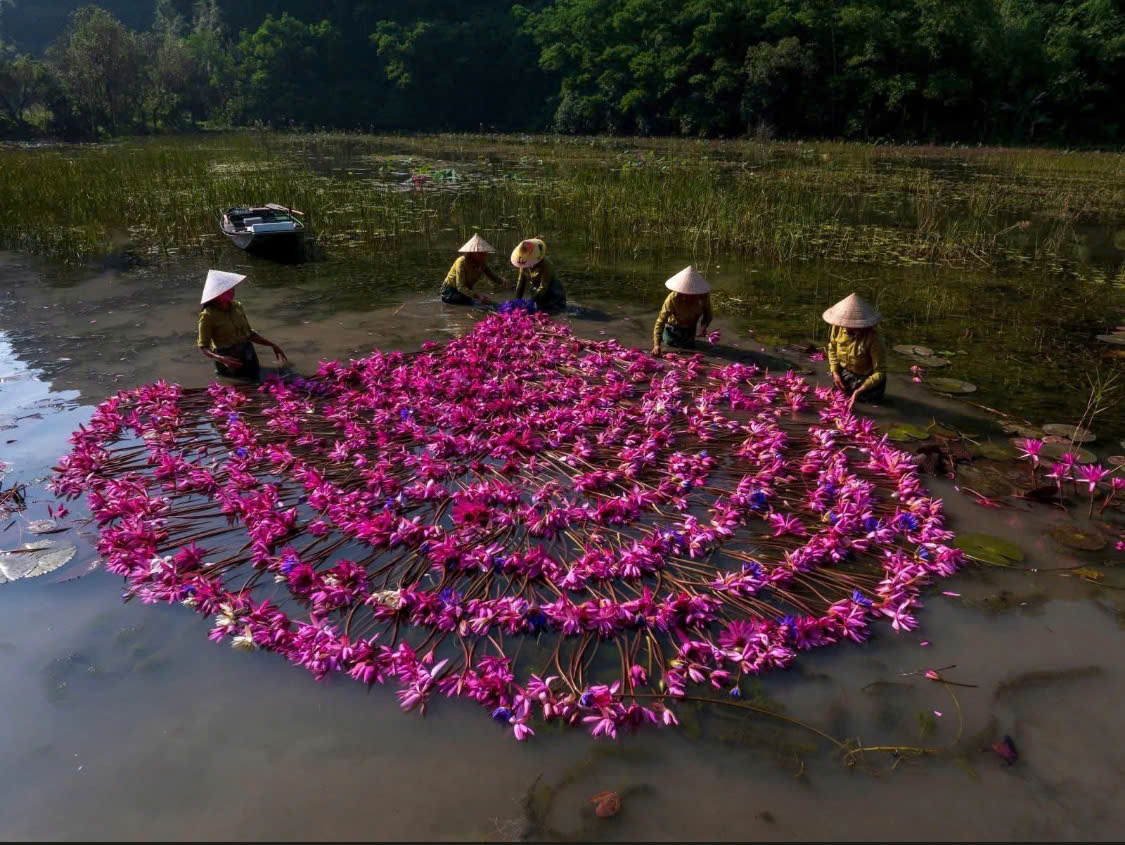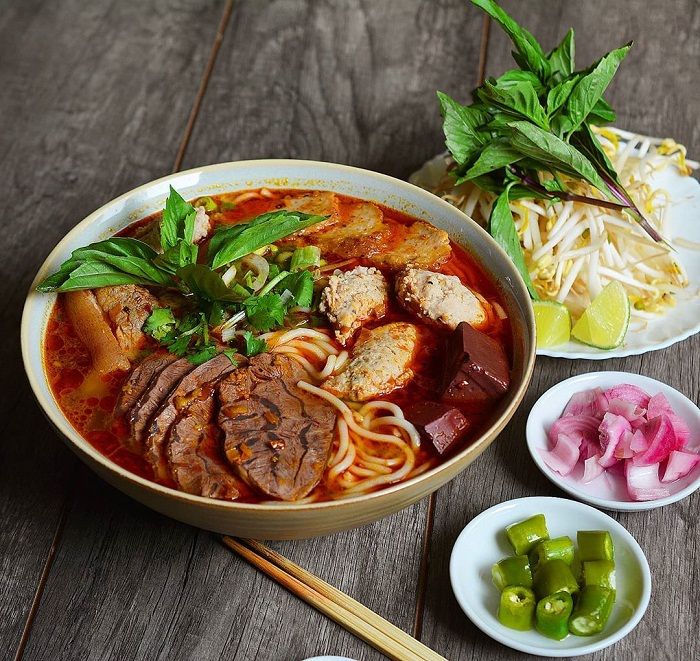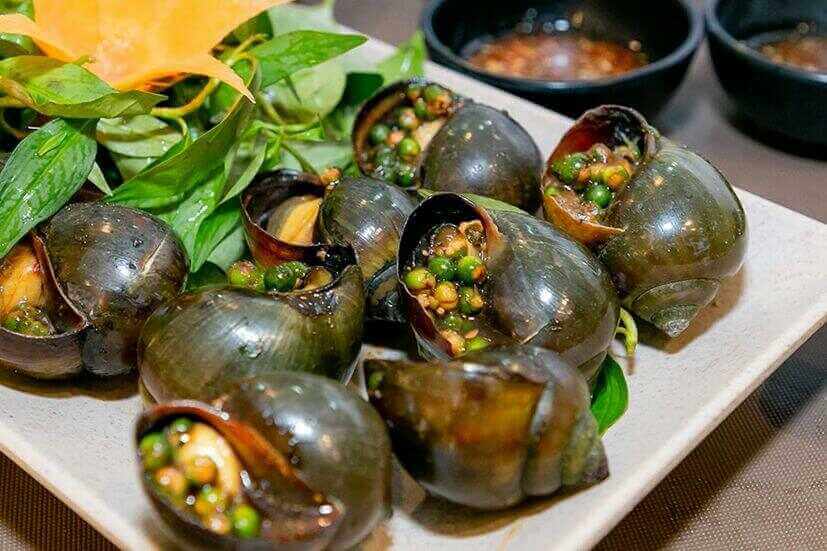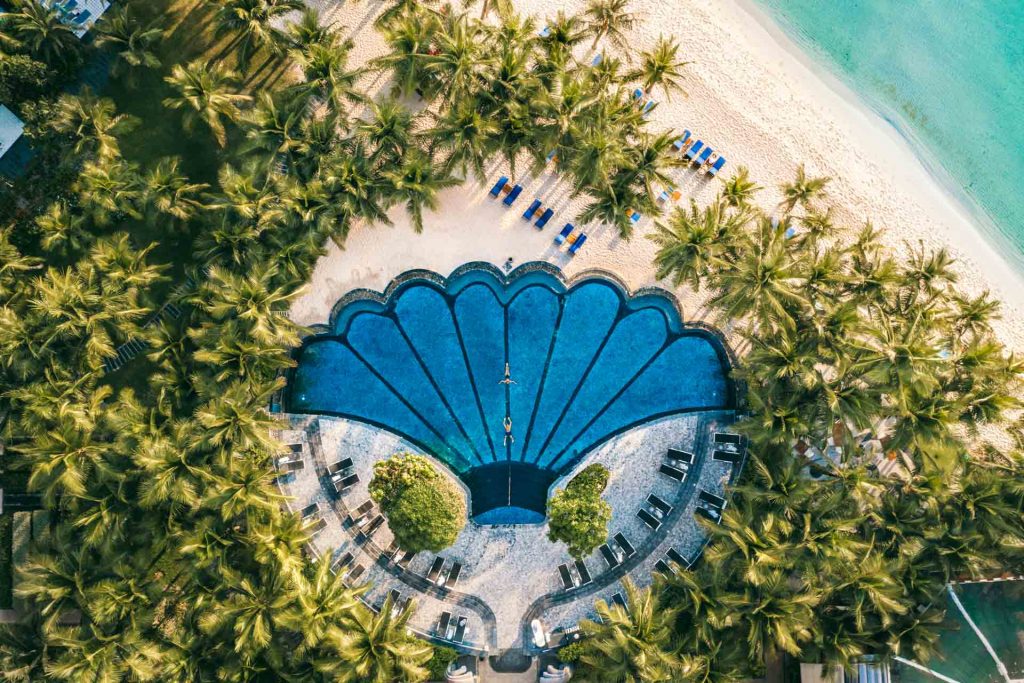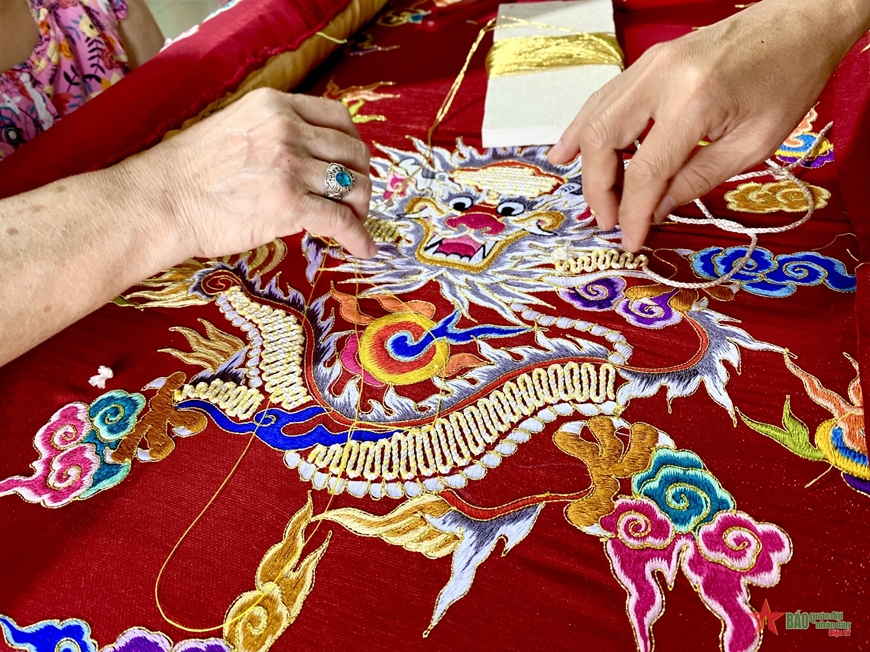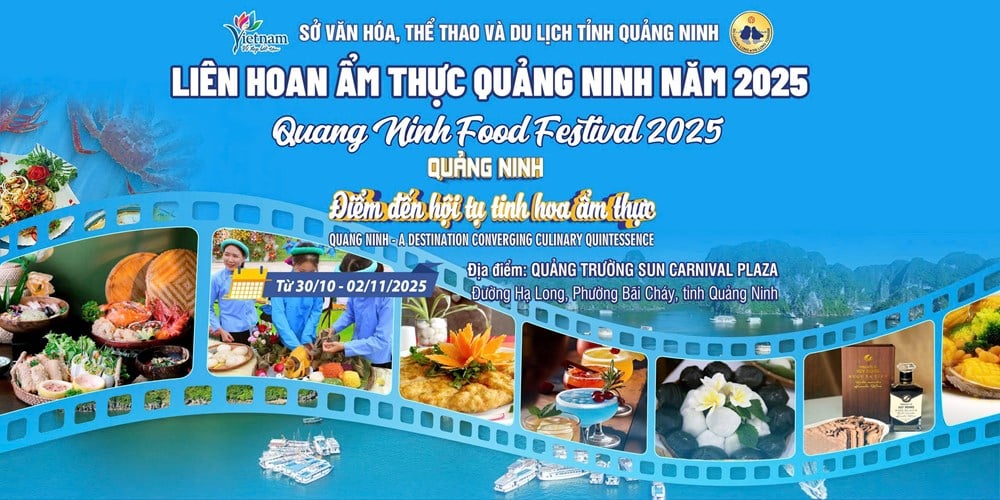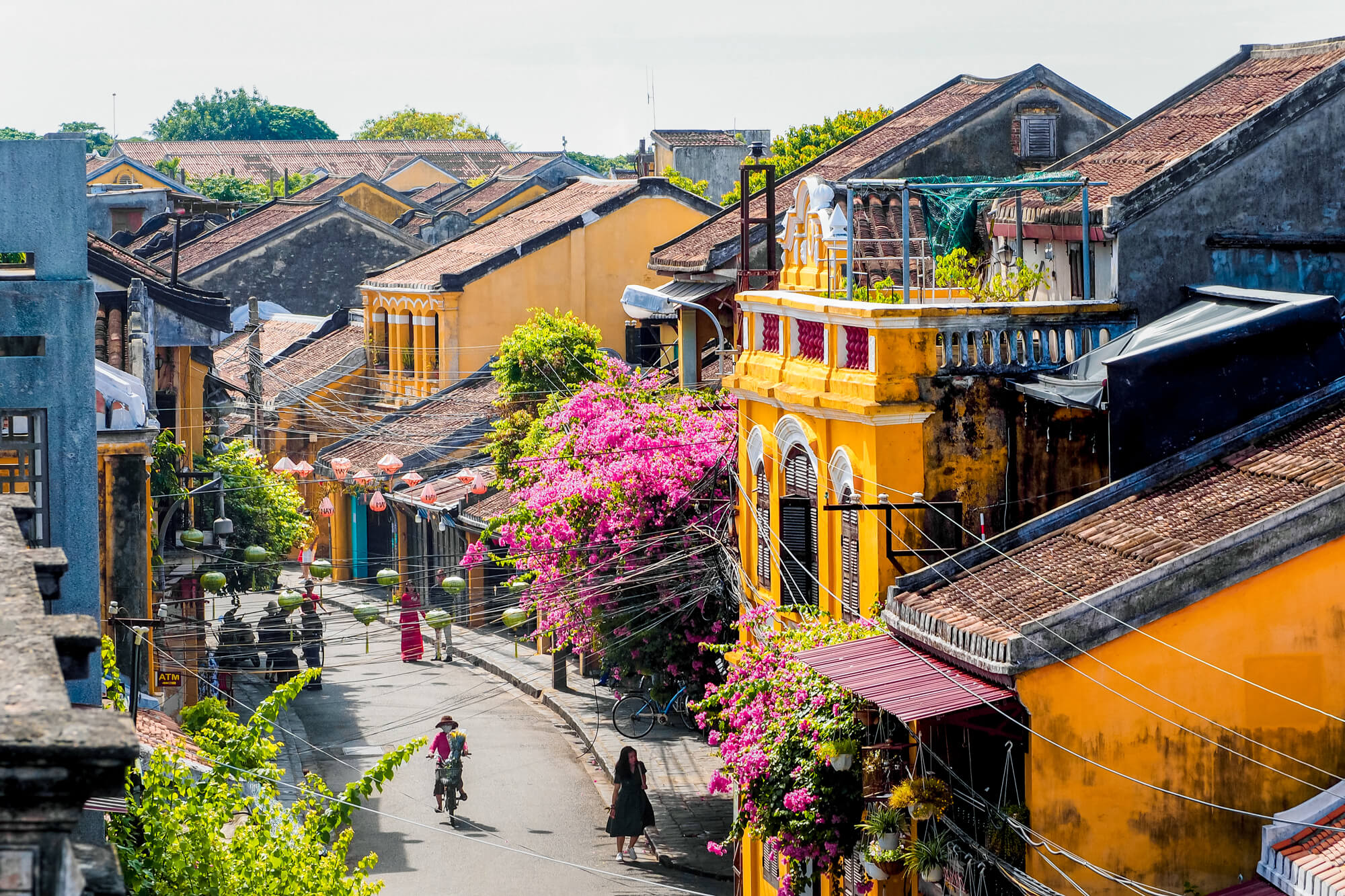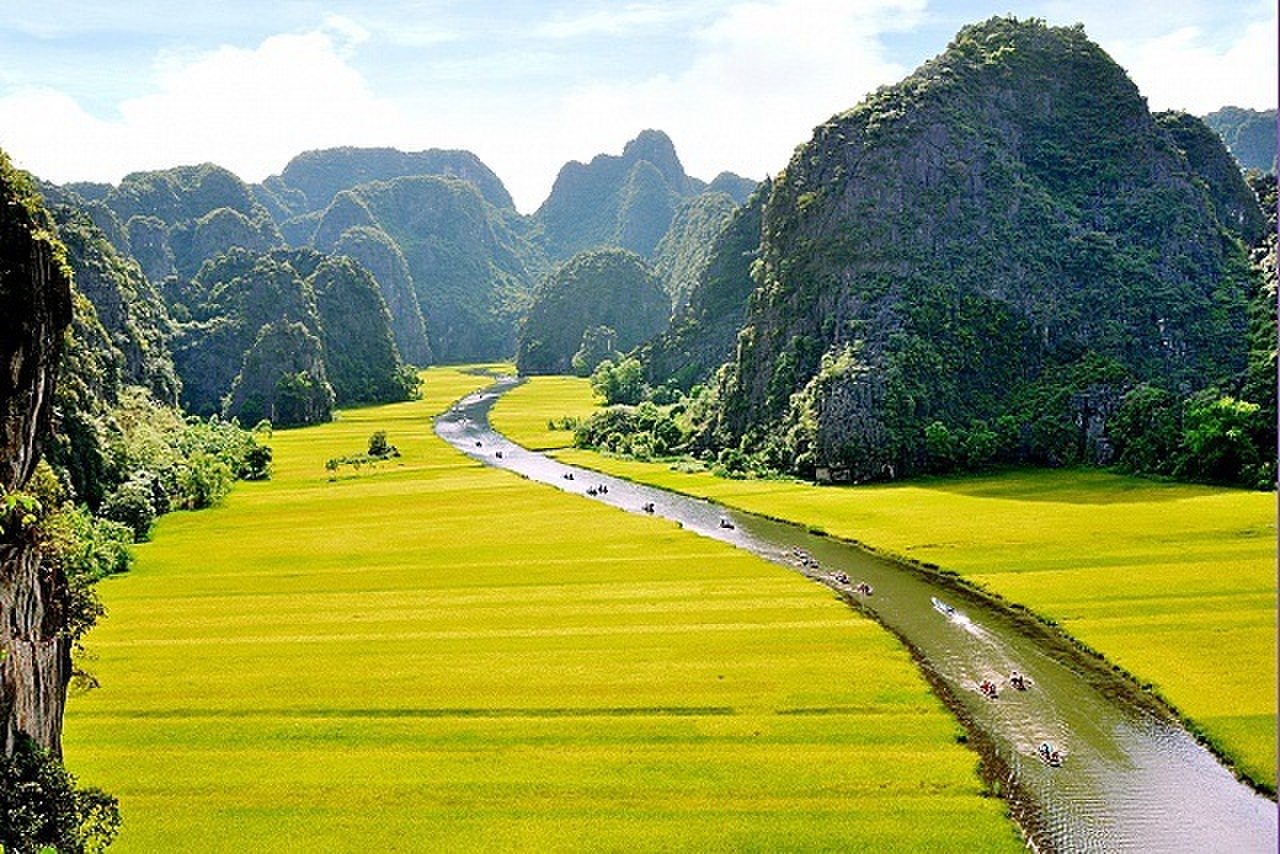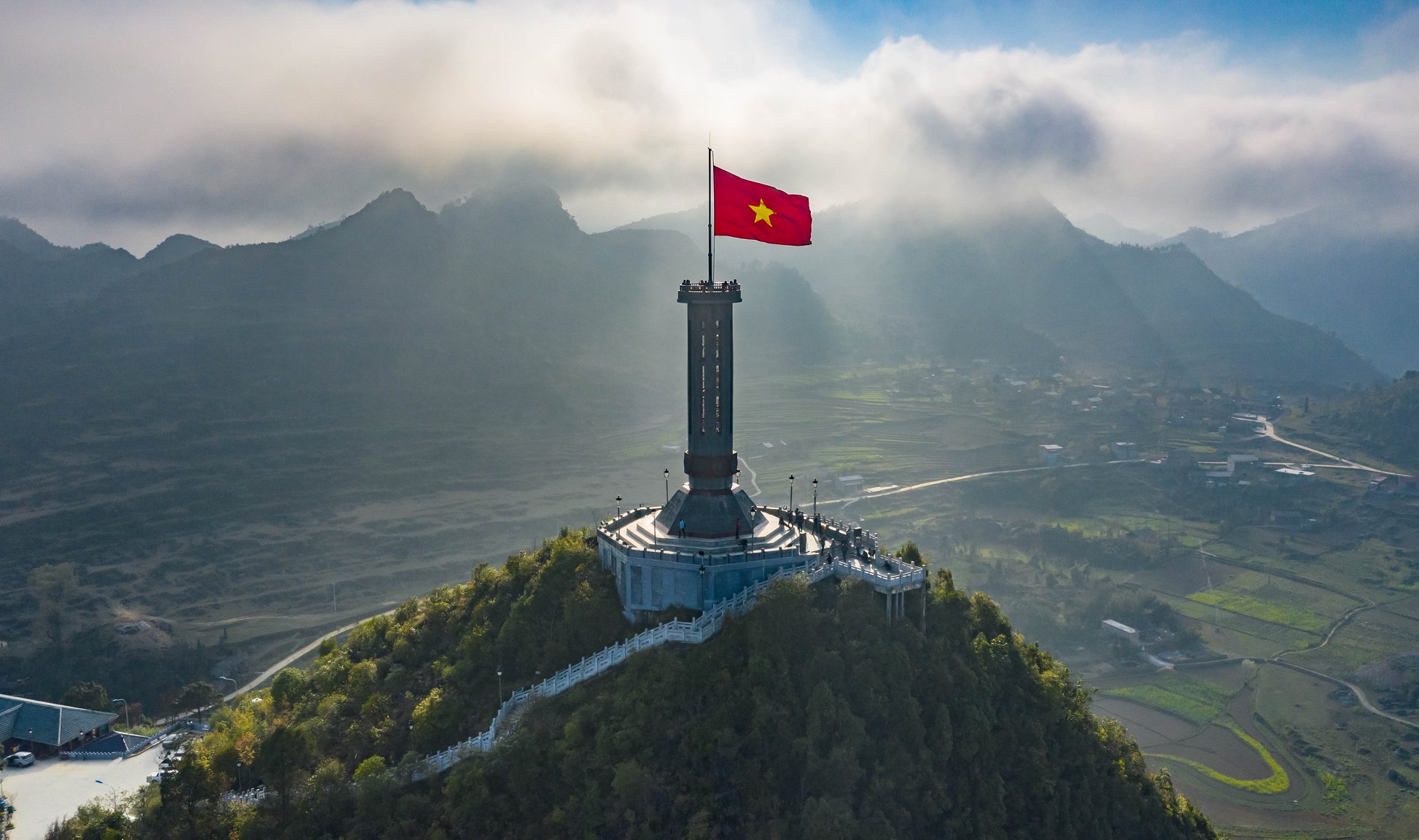What To Do In Ho Chi Minh City
Ho Chi Minh City or Saigon, is one the greatest places for economics and entertainment in Vietnam, the name of the city was named after the name of the great leader of Vietnam – Ho Chi Minh. Ho Chi Minh City was opted to be top 10 best tourist destinations in Asia (by lonely planet voting). Being called the Pearl of the Far East, Ho Chi Minh City has a lot of attractive heritage architecture, an energetic and boisterous atmosphere with friendly and kind people. Having many popular shopping malls, appealing attractions, world class hotels and modern infrastructure, Ho Chi Minh City has become the favorite destination with many tourists, couples and families. Let’s explore some of the places you can spend time on while staying in Ho Chi Minh City!
Nightlife at Bui Vien Walking Street
Inherently famous for many bustling restaurants, dynamic bars and clubs open all night, Bui Vien walking street is known as a gathering spot for adolescents, especially for domestic and foreign tourists. This place is a wonderful option for people who love the city that never sleeps. Not only cafeterias, coffee shops, bars, pubs, or hotels. Besides that, you can also easily find other necessary places like pharmacies, health care centers or motorbikes for hire. Most of these places are opened overnight for anyone in need.
If you are a tourist visiting Ho Chi Minh City, you cannot miss the exciting experience in Bui Vien walking street at the weekends. With many fascinating performances from the road to the pavement, make the atmosphere’s getting more and more effervescent. When the sun goes down, Bui Vien Street lights it up with many street lamps and lively activities. This bustling street is also famous for street artists and performers with fascinating and spectacular performances of their magnificent talent.
Did you know, Bui Vien Walking Street is a destination that many tourists remember in their memories, not only because of the bustling atmosphere and exciting activities, but also because they are also impressed by the delicious food and drinks. For example, shellfish dishes, grilled dishes, skewers, grilled rice paper, beer, coffee, etc.
Bui Vien Street is a destination that you should visit at least once so you can feel the bustle and excitement of Saigon city. This place promises to be a destination to help you eliminate the fatigue and worries in daily life.
Saigon Central Post Office
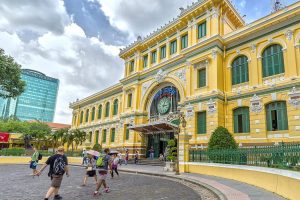
Saigon Central Post Office with beautiful Renaissance architecture is still kept intact until recent days. The post office is a nostalgic feature in the heart of a busy, modern city.
One of the things that makes Saigon Post Office attract tourists is its meticulous and sophisticated depictions, the system of large, curved dome windows, etc. The combination of royal European style and Asian liberal style makes this place become one of the tourist destinations in Saigon that everyone loves.
Visiting Saigon Central Post Office, you will recognize that on both sides of the building are images of two historical maps of the city meticulously and delicately depicted. On both sides of the entrance are straight rows of green iron columns and shiny brown wooden chairs. In the middle of the post office center is the image of Uncle Ho Chi Minh – the beloved leader of the nation.
The special dome-shaped design creates a nostalgic and immense feeling for visitors. The post office still keeps antique mailboxes, phone booths, and souvenirs such as stamps and old letters. Right in the heart of a magnificent Saigon, a unique architectural work combining Europe and Asia still exists till this day.
The city post office is not only a place to provide postal, express delivery and banking services but also has many other unique activities, giving you memorable travel experiences when you come here. In addition, visitors also have the opportunity to learn about Vietnamese history and culture through interesting exhibitions or collections, and other lounge activities such as reading books and sports activities or just relaxing.
The Independence Palace
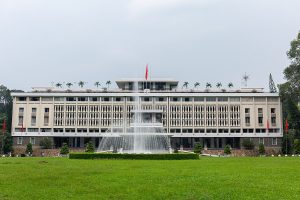
The Independence Palace is a witness to the heroic history of the entire Vietnamese nation. With the special historical values of the Independence Palace, this building was recognized as a national historical and cultural relic in 1976. By 2009, the Independence Palace was ranked as one of ten first national special monuments in Vietnam. Independence Palace was built on an area of 4,500 square meters and has a usable area of up to 20,000 square meters. The palace has three main floors, two mezzanines, a terrace, two basements, a ground floor and the terrace is also a heliport.
The Independence Palace has three areas:
Permanent Area: It is the working and living place of the old government, rooms in the Independence Palace such as: reception room, grand banquet, cabinet, security council, office of the president and government officials… Moreover, there are also bedrooms, living areas, and entertainment areas.
Major Area: This is an area displaying major topics and exhibitions. Visitors will be able to look back at vivid photos of previous times. Under the guidance and presentations of tour guides, you can also learn more historical details hidden deep inside. It is rare to find this kind of knowledge in books or other documents.
Supplement Area: This area displays and stores many photos of historical value. They are circumspectly collected and preserved to help future generations understand a part of history. You will see the resilience and indomitability of the ancestors who fought and defeated enemies to have the life they have today.
Besides visiting the main areas, visitors can also visit the basement of the Independence Palace or roam outside the campus, where there are lush green lawns. From here, visitors can also see the mansion from every angle, discovering the harmonious and unique architecture of the Independence Palace.
Notre Dame Cathedral of Saigon
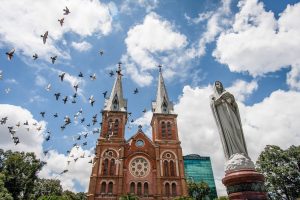
With ancient French architecture and luxurious space from the outside to the inside of the cathedral, this location is considered the largest Catholic church in Vietnam and also one of the symbols of Saigon. Notre Dame Cathedral of Saigon was built on October 7, 1877, by Bishop Isodore Comlombert. The church’s architecture is a combination of Roman and Gothic styles, classic and luxurious. This place was built according to the project of architect J.Bourard, including a cathedral, bell tower and park. Unlike other local churches, Saigon Notre Dame Cathedral does not have surrounding fences, for tourists and pedestrians to admire its elaborate exterior from the streets.
Going to Notre Dame Cathedral of Ho Chi Minh, visitors should not miss the altar area. The altars here are all delicately carved from monolithic marble. There are 56 multi-colored glass windows put together to create an impressive image. All lines, edges and patterns in the altar area are Roman and Gothic, both dignified and elegant.
In addition to the unique architecture and design inside the church, the garden outside also attracts tourists. The center of the campus in front of the cathedral is the statue of Our Lady of Peace sculpted by G.Ciocchetti in 1959. The statue is 4.6m high, weighs 8 tons, and is made from Italian white marble.
It can be said that this is a beautiful architectural work of Saigon in the eyes of local people and tourists from all over the world.
War Remnants Museum
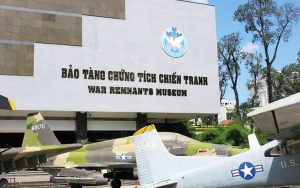
The museum has the function of researching, collecting, storing, preserving and displaying documents, images and artifacts about the devastating consequences of the war that the invading forces caused to Vietnam. At the same time, the museum also conveys the message of the spirit of fighting to protect independence, anti-war awareness, preserving peace and friendship between peoples.
The space on the ground floor of the War Remnants Museum displays the topic: “The world supported Vietnam’s resistance against the US” in the period 1954 – 1975. The topic includes 100 photos and 145 artifacts recreating the wars. Rallies, demonstrations, conferences and seminars of people from countries around the world, protesting the US invasion and supporting Vietnam’s just war.
The first floor of the museum displays the topics “War crimes of aggression” and “Consequences of Agent Orange”. In particular, the topic “War Crimes of Aggression” includes 125 photos, 22 documents and 243 artifacts highlighting the terrifying crimes and painful consequences of the war on the country and people of Vietnam.
Stepping on the 2nd floor space, visitors will be able to visit the topic “Historical truths” through 66 photos, 20 documents and 153 artifacts. The topic reminds of the invasion process of French colonists and American imperialists on Vietnamese territory. This place also makes its mark with the theme “Remembrance” including a collection of photos of reporters who died while working on the Indochina battlefield.
In addition to regular thematic exhibitions, the War Remnants Museum also organizes many traveling exhibitions and educational programs, talks, and seminars on history.
Apart from the places mentioned above, in Cu Chi district of Ho Chi Minh City, visitors can visit Cu Chi Tunnels with many wartime tunnels, a defense system of the army at that time. Come visit Ho Chi Minh City and admire the bustling city with many traces of time and unique, unadulterated modern beauty.



